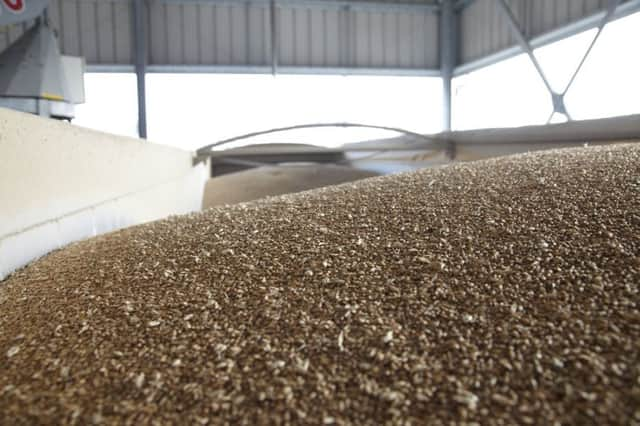Weather dictates harvest outcome


For many commodities a healthy carry-over and the expectation of a good harvest points to plentiful stocks and nothing to push up prices. Maize is a case in point with big stocks carried over from last season in the United States and now in the midst of a weather market.
Concerns about hot dry weather threatening the new crop recently caused a rally as fund buyers moved to cover a large portion of the short they had built up. Almost as soon as their short position was covered the weather forecast turned causing future prices to decline just as quickly. In South America this year Brazil have harvested over 30 million tonnes from their first crop in January/February and will soon start harvesting their second crop of the year. This will bring their total production to around 100 million tonnes which will be a record for Brazil.
Advertisement
Hide AdAdvertisement
Hide AdLast year after a terrible second crop the Brazilians were a net importer whereas this year they will be exporting roughly 35mmt.
With prices at low levels and supply looking strong any market volatility will most likely come from a weather event pre harvest or currency fluctuations. The all-important fund buyers don’t see much opportunity in this sort of market and have historically short positions on most feed commodities. This has left prices bumping along at a low level – just a couple of euro above the trigger point for the EU maize import levy. This means that maize prices are virtually at rock bottom since any further reduction will be offset by the levy and will be of no benefit to EU buyers.
The outlook for wheat is somewhat more bullish with US plantings at a 30 year low and the European crop threatened by drought. Markets firmed by 10 euro per tonne on weather concerns last week but gave up most of this gain fairly quickly on the forecast of rain. The effect will be to make maize more competitive against wheat and this is likely to be reflected in ration formulations in the coming months.
World protein supplies are also boosted by big soybean crops in South America with increased Brazilian exports a feature of the market. A big crop is also expected in the US and the hot, dry weather isn’t causing any major concern as the crop is still two to three months from harvest. Again fund activity is low with record short positions the order of the day.
Advertisement
Hide AdAdvertisement
Hide AdThe impact of these big crops is obviously bearing down on the market and Dollar prices are relatively low. However Sterling buyers are not likely to see any benefit as the weakness of the Pound has pretty much cancelled out the price reductions in the commodities. £1 sterling would have bought over $1.50 before the Brexit vote 12 months ago, but it is worth less than $1.30 today. While this has been very valuable in improving the competitiveness of our exports it also has a big impact on our buying power.